Fooling Nature's Engineers: Beaver Deceiver 101
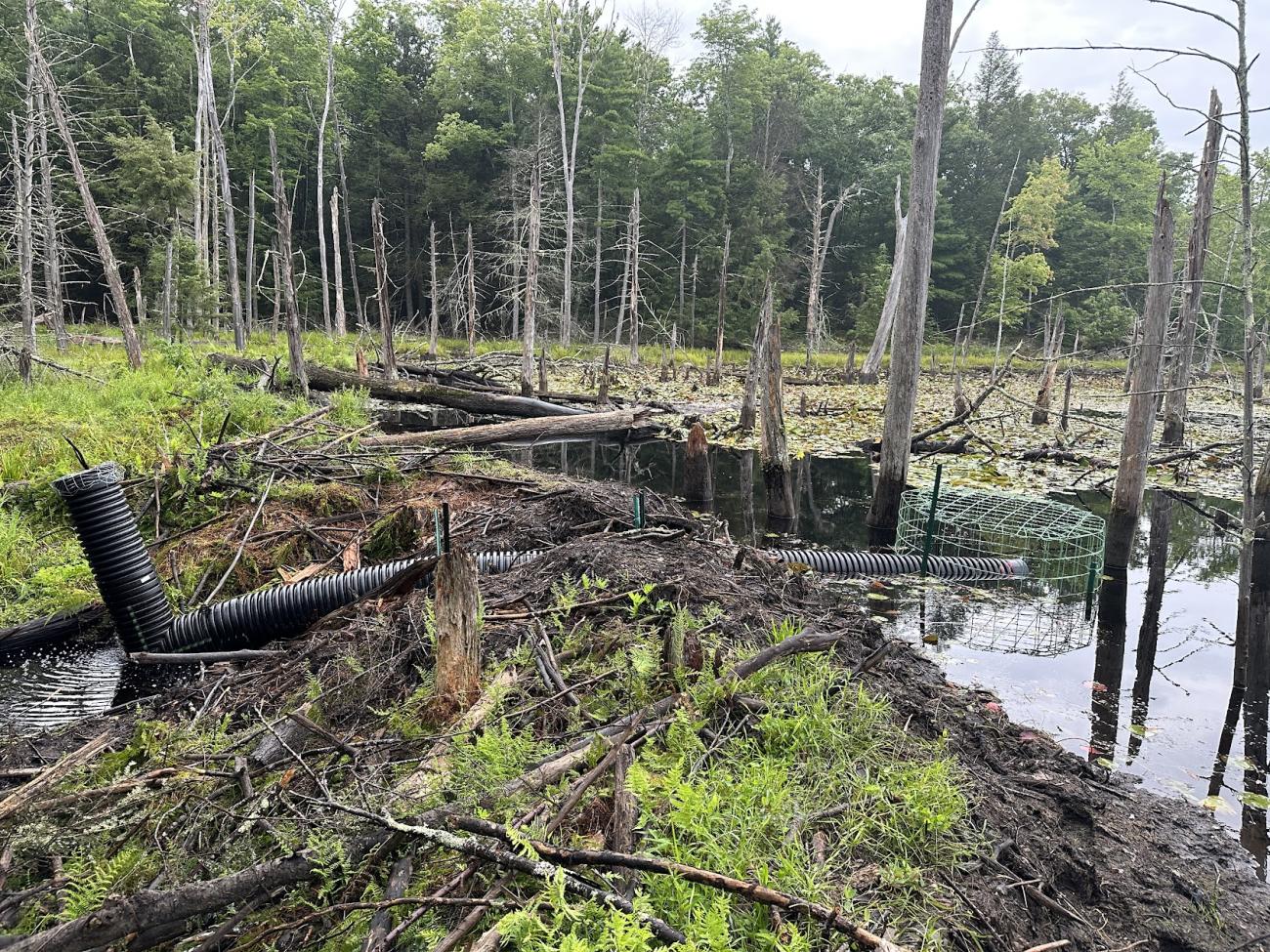
Beavers are an essential part of many North American forest and wetland communities. They are ecosystem engineers, meaning they play a role in altering the landscape and increasing biological diversity with the impoundments they create by building dams.
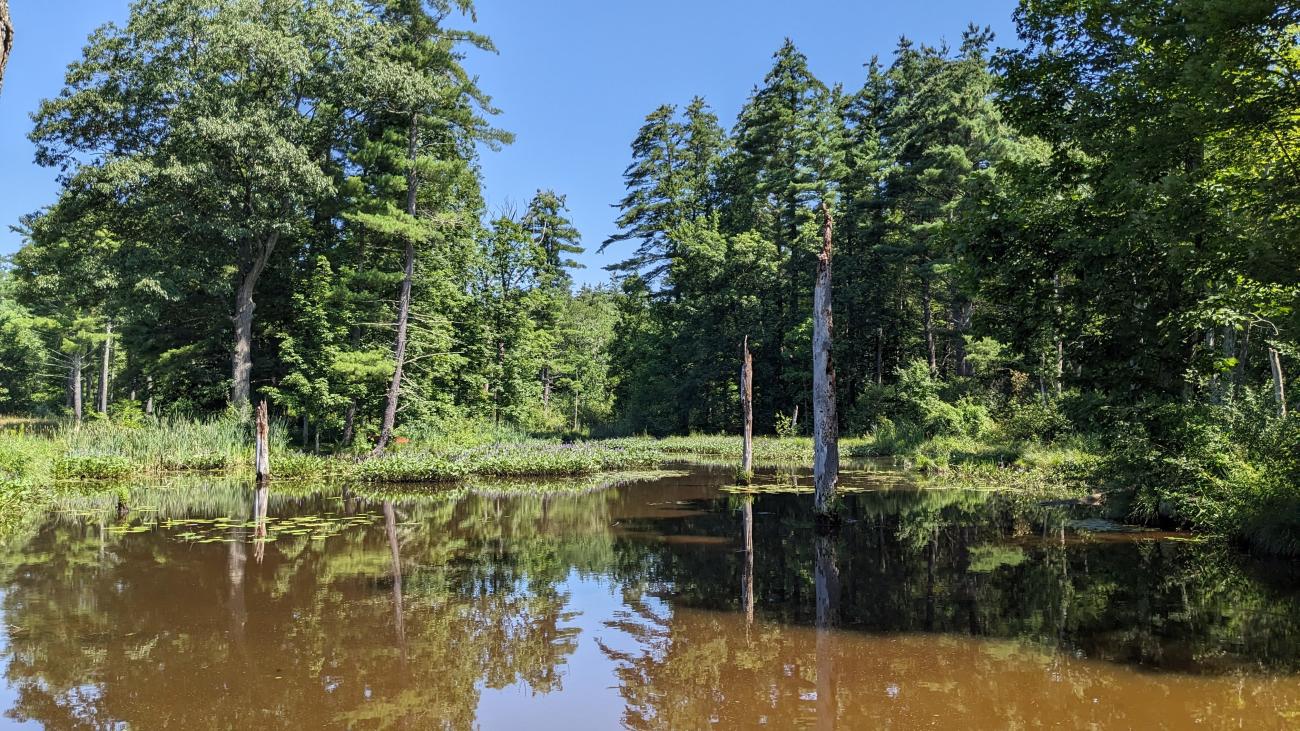
While they are beneficial to so many other species, one other ecosystem engineer has taken issue with beavers and their impacts: humans. For centuries, settlers trapped beavers for their fur and hunted them down to less than 1% of their current population. With reintroduction and management efforts, beavers have rebounded, but now have a new conflict with people. Beavers are hardwired to dam up flowing water and sometimes that is problematic when it infringes on areas that we’d prefer to stay dry –like the roads and trails we use every day.
Enter - The Beaver Deceiver
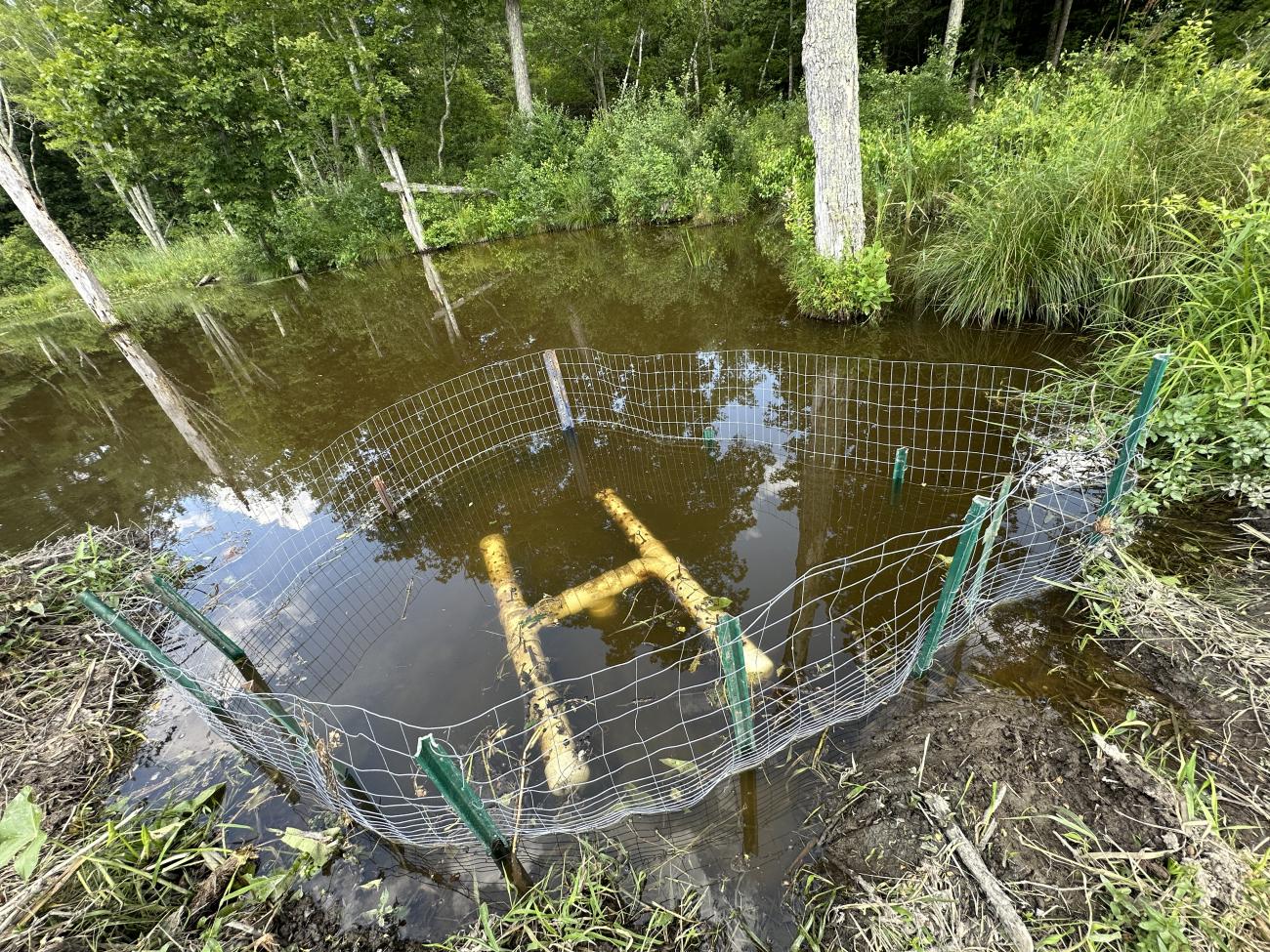
Breaking down dams is tiring, muddy, and unsustainable. Rather than killing these beavers or relocating them, there is another way to resolve this situation so beavers and humans can coexist: the beaver deceiver. There are different designs, but each consists of a pipe that runs from one side of the dam to the other with a mechanism that will block beavers from plugging it up. Ideally, the pipe will be underwater so the beavers can’t hear the trickle that usually would call them to action. This allows the water level to be maintained so it won’t flood roads or trails while the ecosystem the beaver built can also endure. This summer, we (the Nature Groupie Interns) got to help fix one at Thompson Farm in Durham and install a new one upstream of Mendum’s Pond in Barrington.
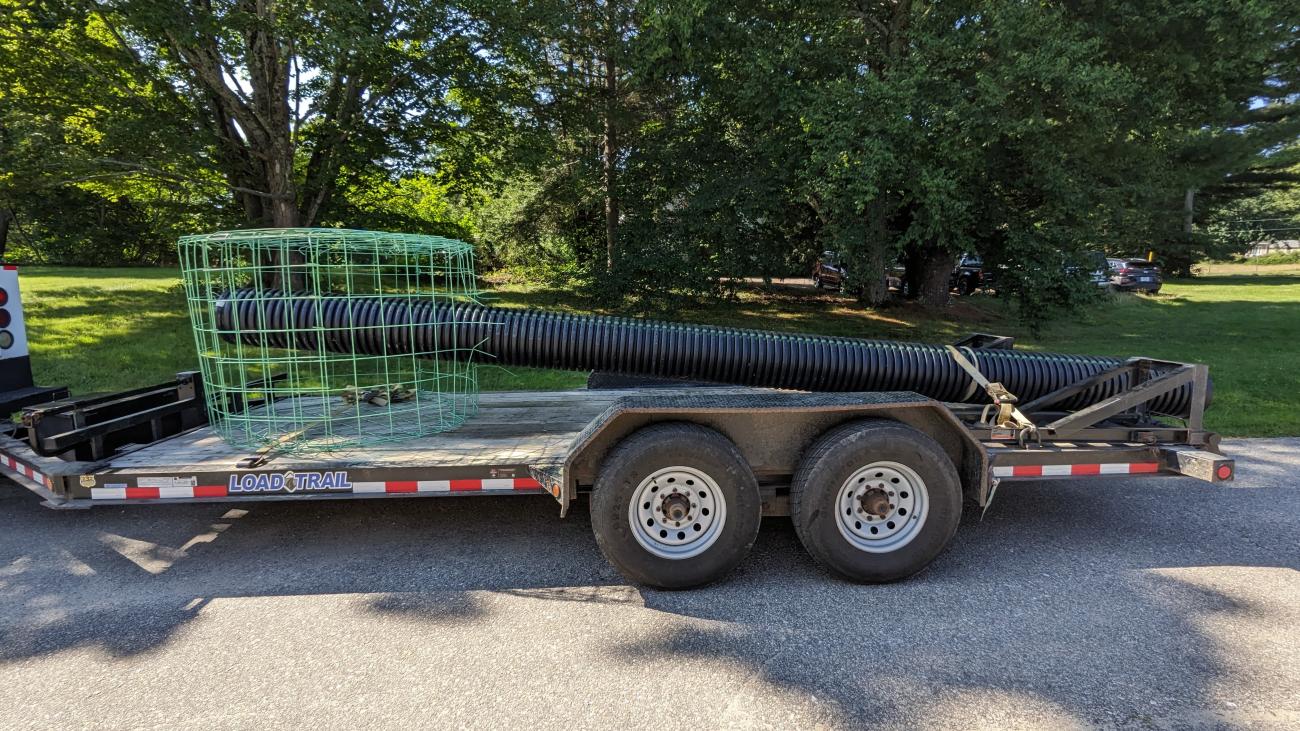
Installing the Deceiver
There are a few steps to installing a beaver deceiver. First, it must be constructed. The design should be chosen based on the site and goals.


Once the pond is drained, you will need to keep your digging tools handy and bring in wire, wire cutters, pliers, fencing, fence posts, sledgehammers, and waders. Then it’s time to get in the water and start getting materials in position. Once everything is in place, you will have to secure it with posts and wires.
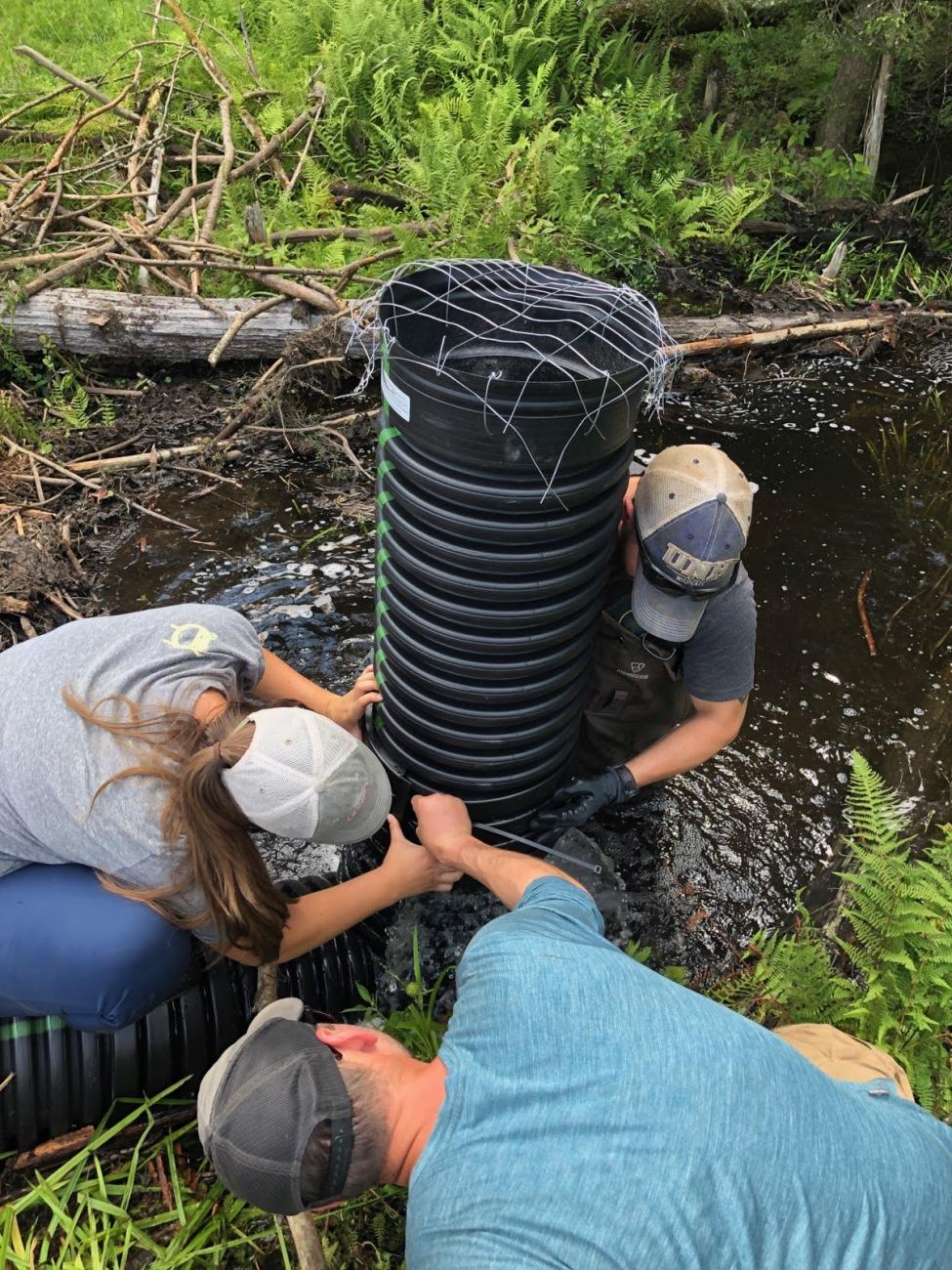
Done Deceiving
The level of the pond should not exceed the level of the output side of the pipe if everything goes according to plan. At the end of the process, the beaver will fix the hole in their dam, the water level will stabilize, and it will be business as usual in a pond that is at a happy medium for everyone.